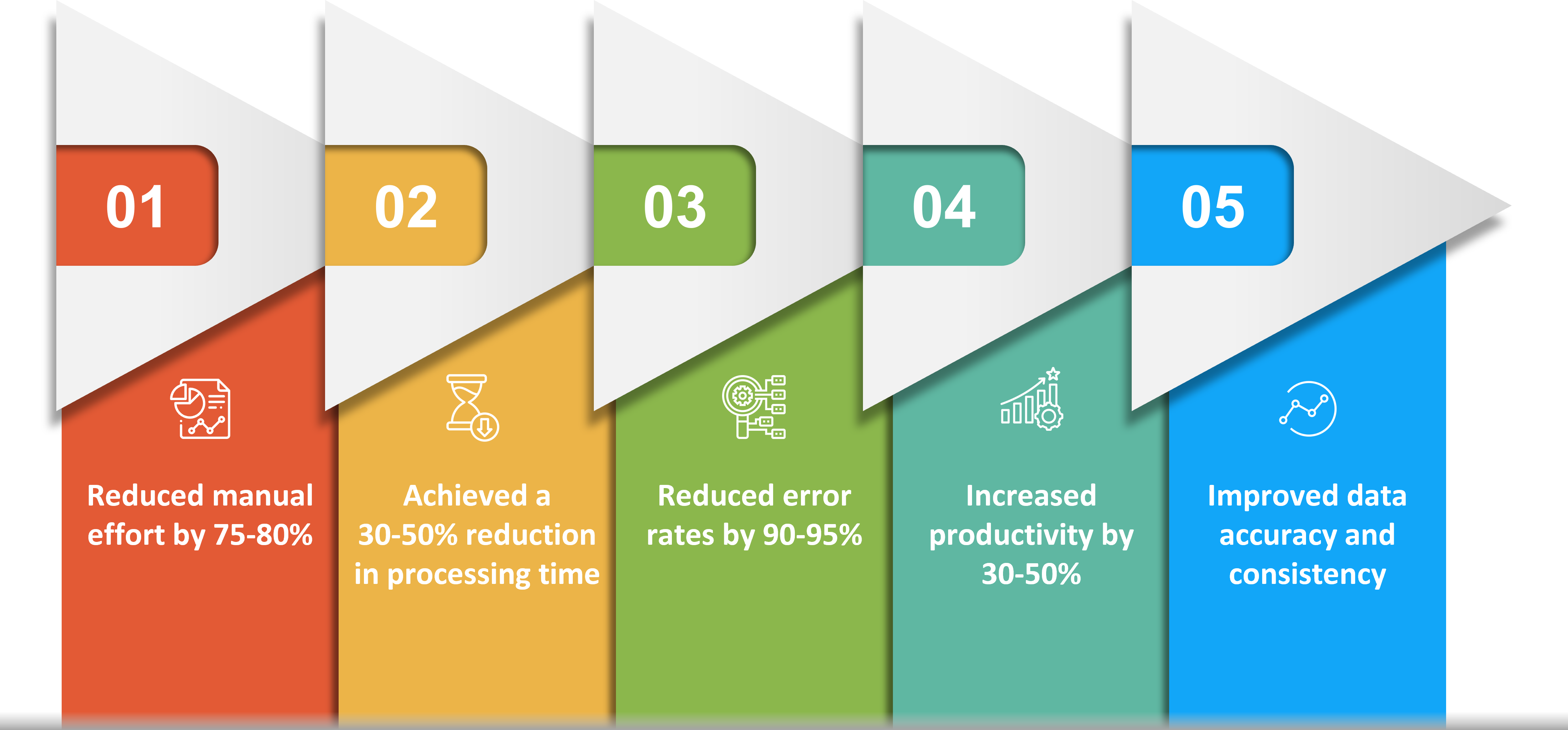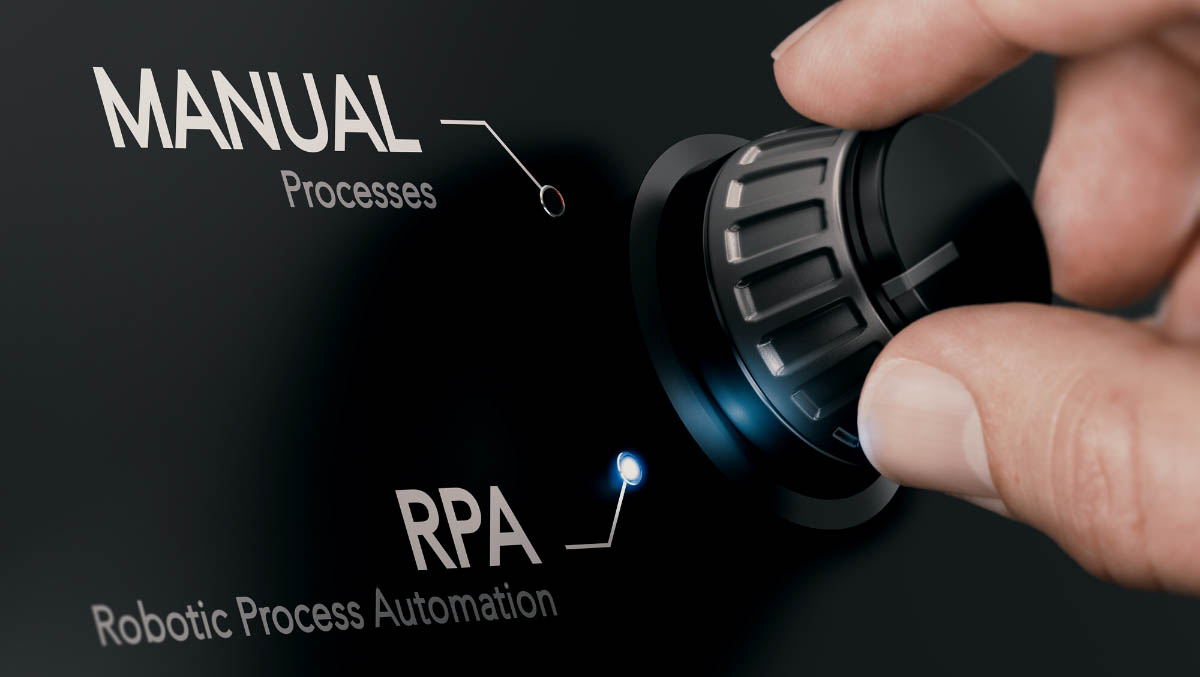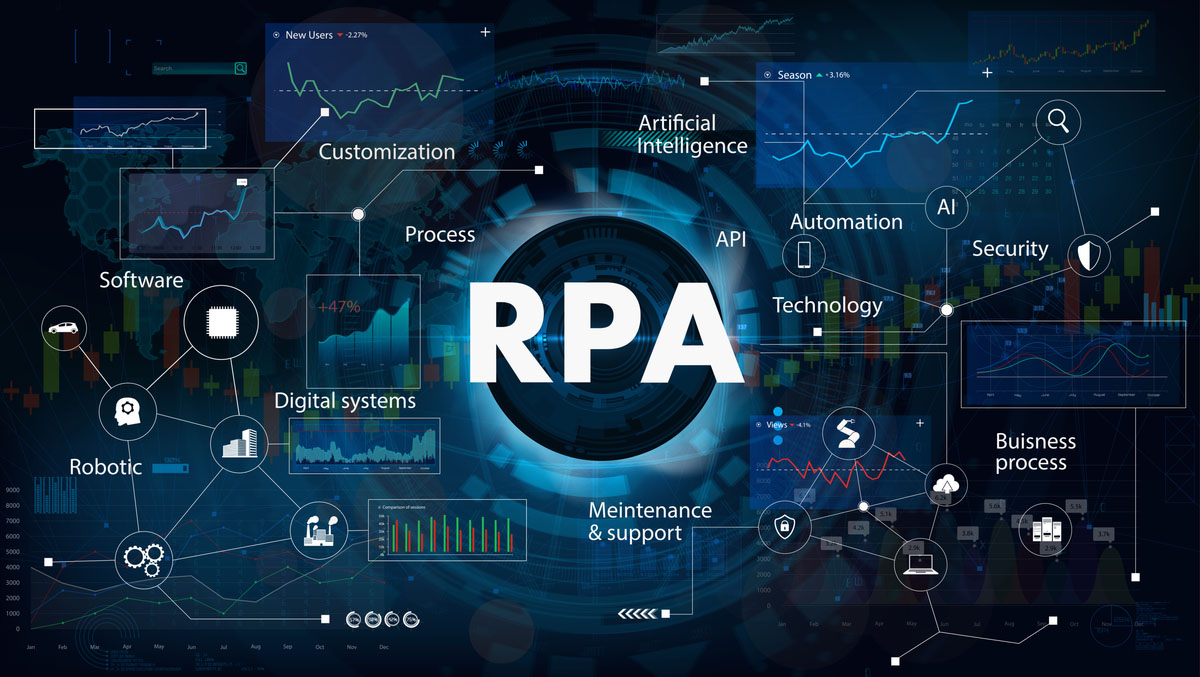Elevating Healthcare Operations with Microsoft Power Platform
Business Problem
The company is facing a significant challenge in maintaining its legacy systems, which are becoming increasingly outdated and difficult to use. This is causing delays and inefficiencies in their workflow processes, and negatively impacting the user experience. The business problem is to modernize the system and improve the workflow processes to make them more user-friendly and interactive.
The solution is to implement Business Process Management (BPM) technology to update the legacy systems and create an application that is easier to use and navigate. Additionally, the company needs to integrate the new system with external systems and implement existing and new interactivities.
The goal is to streamline the workflow processes, improve the user experience, and increase efficiency and productivity.
Business Solution
Technical Solutions and Technologies Used
Customer Success Outcomes:

Latest Case Studies
Our Case Studies

.jpg)
.jpg)
.jpg)
.jpg)
.jpg)
.jpg)

.jpg)
.jpg)
.jpg)
.jpg)
.jpg)
.jpg)
.jpg)
.jpg)
.jpg)
.jpg)
.jpg)
.jpg)
.jpg)
.jpg)



.jpg)


.png)
.png)
.jpg)

.jpg)
.png)
.png)
.png)

.png)
.png)
.png)



.jpg)

.jpg)


.jpg)



.jpg)


.jpg)





